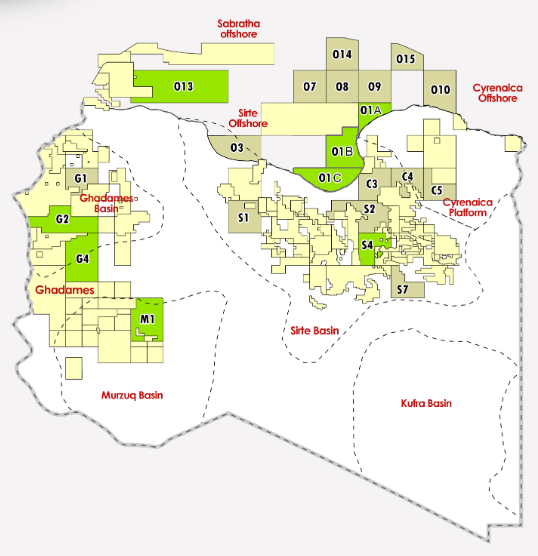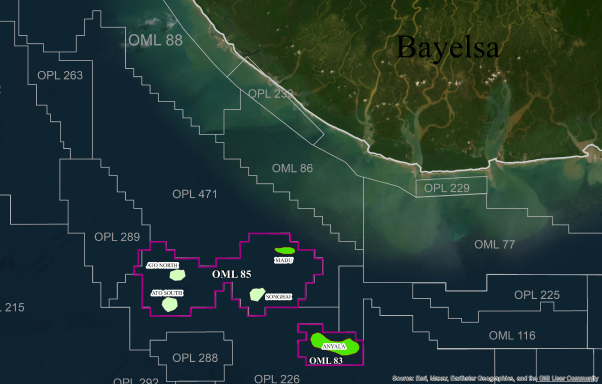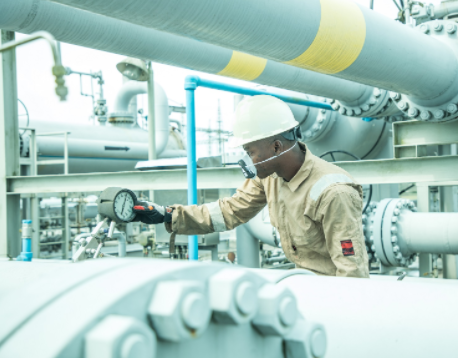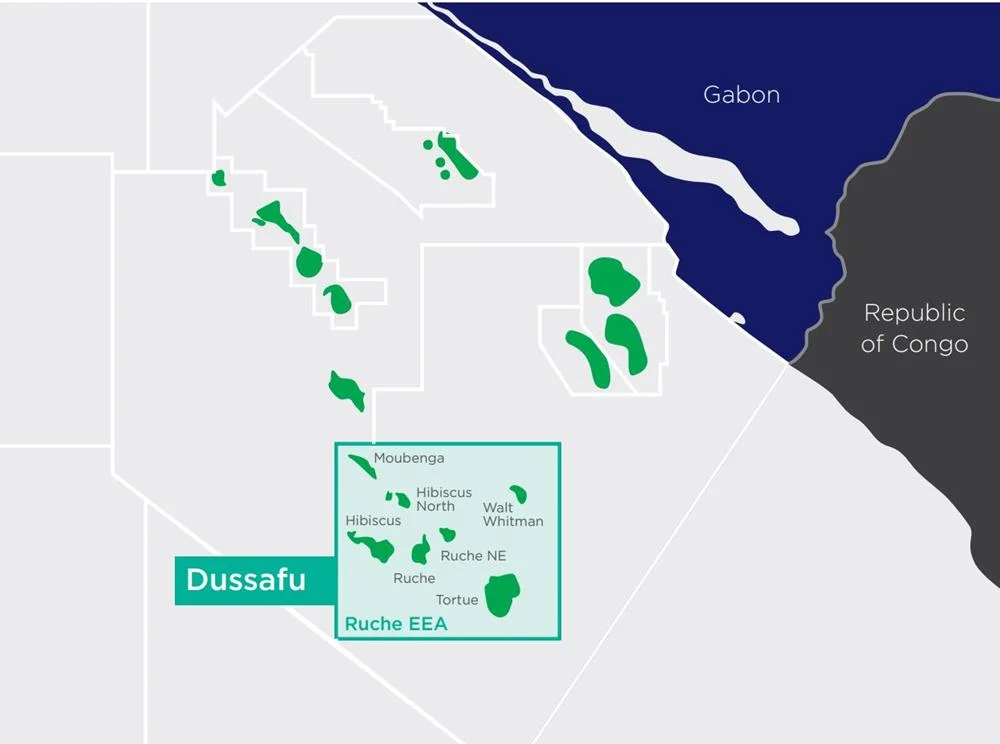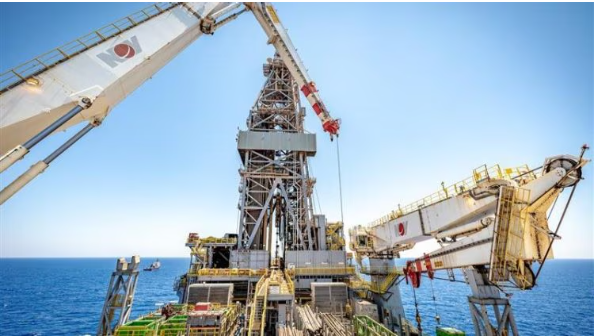Kenyan government plans to increase petroleum products storage capacity
Kenya hopes to increase its storage capacity of petroleum products by 22 percent in the next 3 years in anticipation of increasing demand and increased product from a new pipeline from Mombasa expected to be complete by 2016.
The four tanks to be constructed by the Kenya Petroleum company (KPC) will have a capacity of 133.52 million liters bigger than the terminal in Nairobi that can hold 100,528 million liters.
The tanks will bring the total capacity in Kenya to 745.84 million liters from the current 612.32 million liters and will be beneficial to importers by reducing demurrage costs, reducing the country’s biggest terminal Kipevu in Mombasa (326,333 cubic metres) as well as allow the importation of large amounts of commodities currently capped by the open tender system.
“Establishment of open access storage facilities by investors who are not necessarily OMCs should be encouraged as a matter of policy to further facilitate the operations of OMCs, which might not have individual storage facilities,” the ministry says in its final published Energy Policy document waiting cabinet approval before heading to parliament.
The new storage space will also help increase Kenya’s oil reserves duration from the current 21 days held by operators under industry regulations with the country officially lacking storage capabilities.
apart from Kipevu and Nairobi terminals other storage facilities in the country include: JKIA, Moi international Airport, Nakuru, Eldoret and Kisumu with a total capacity of 147.31 cubic meters.
Other than the government VTTI a private company that acquired assets from Triton has operationized a Kshs. 5 billion facility capable of holding 111,000 cubic meters part of the government led program to encourage construction of such facilities in return of land, levies and tax breaks.
Among marketers with the largest storage space includes Total Kenya, Oil Libya, Vivo Kenya and Kenol Kobil.
Apart from the storage problems the ministry is also on record saying that the low product evacuations at the Nairobi terminal and the low flow rate via the pipeline to western Kenya has led to more capacity constraints.


